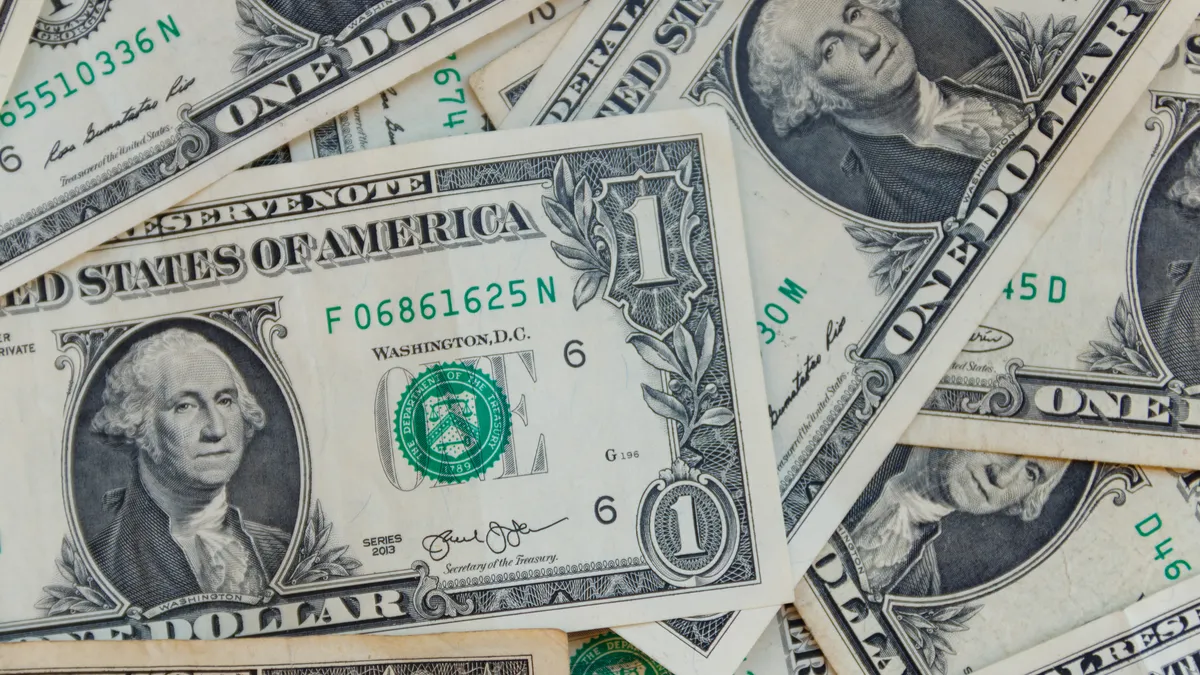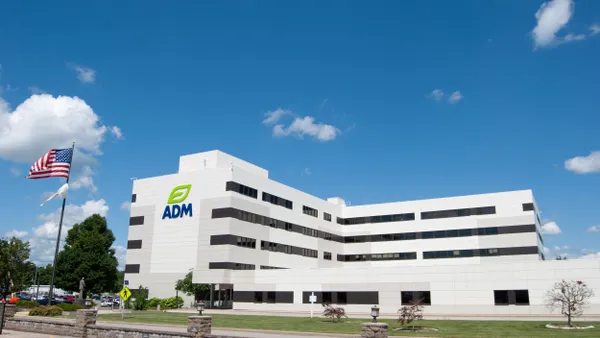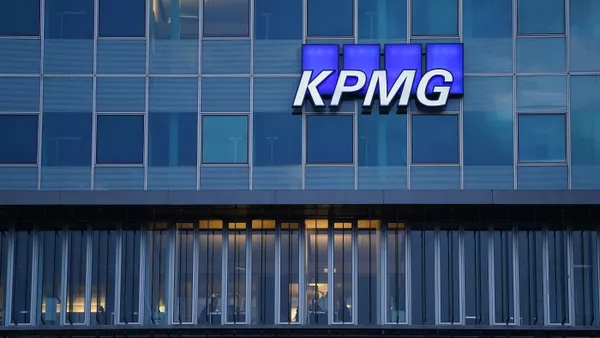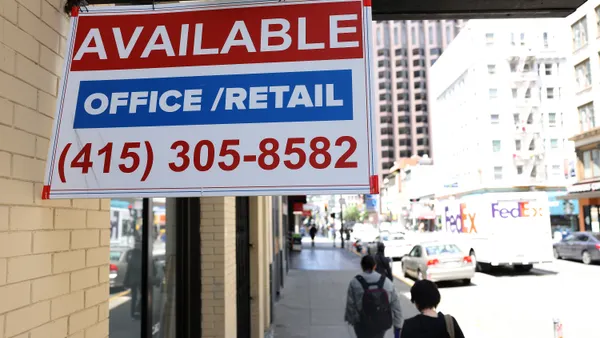Conflicting signals on expectations for inflation have whipsawed the Federal Reserve in recent days as it tries to assess whether to raise the main interest rate next month beyond the current 22-year high or hold borrowing costs steady.
The New York Fed, reporting on a survey, said Monday that consumers last month expected inflation to slow to 3.6% in a year and to 2.7% in five years, a brighter outlook compared with their median projections in September of 3.7% and 2.8%, respectively.
The report differed from a release by the University of Michigan on Friday indicating that long-run consumer expectations for inflation rose from 3% in October to 3.2% this month — the highest level since 2011. Consumers also forecast that inflation in a year will increase to 4.4%, or 1.2 percentage points higher than their projection in September.
“The uptick in inflation expectations will be a source of anxiety for the Fed, given lingering fears that the downturn in inflation could stall,” Kieran Clancy, senior U.S. economist at Pantheon Macroeconomics, said in a client note before the release of the New York Fed report.
Fed policymakers closely track inflation expectations as a sign of whether businesses will raise prices and workers will demand higher pay.
While steady or declining forecasts for price pressures bolster confidence that monetary policy is on target, public perceptions that inflation will accelerate may prove self-reinforcing and spur Fed policymakers to tighten further.
Fed Chair Jerome Powell and other central bank officials have often said they aim to anchor inflation expectations and limit the risk that price pressures may rebound after declining for several months.
Richmond Fed President Tom Barkin warned Friday about the momentum behind price gains.
“After decades without pricing power, businesses aren’t going to back down from raising prices until their customers or competitors force their hands,” he said in a speech.
“I fear more will have to happen on the demand side to convince price setters the inflation era is over,” Barkin said.
The Fed has slowed inflation by hiking the main interest rate from near zero to a range between 5.25% and 5.5%. Its preferred inflation measure — the core personal consumption expenditures price index — fell in September to 3.7% on an annual basis from 5.5% in September 2022.
Policymakers have held off from hiking the main interest rate in two consecutive meetings. They plan to gather again on Dec. 12-13.
Higher oil prices probably spurred much of the gain in inflation expectations as reported by the University of Michigan, Clancy said. Indeed, expectations for increases in gas prices in both the short and long run hit the highest reading in 2023, the university said.
“It’s reasonable to expect inflation expectations to drop back as the recent drop in oil prices feeds through to the official inflation numbers,” Clancy said.
The average retail price for a gallon of gasoline has fallen 8% during the past month, according to AAA.
“Further substantial falls are in the pipeline,” Clancy said.

Fed whipsawed on key signals for inflation expectations
With just a month before their next meeting, Fed officials are tracking expectations for inflation as a sign of whether businesses will raise prices and workers will demand higher pay.














